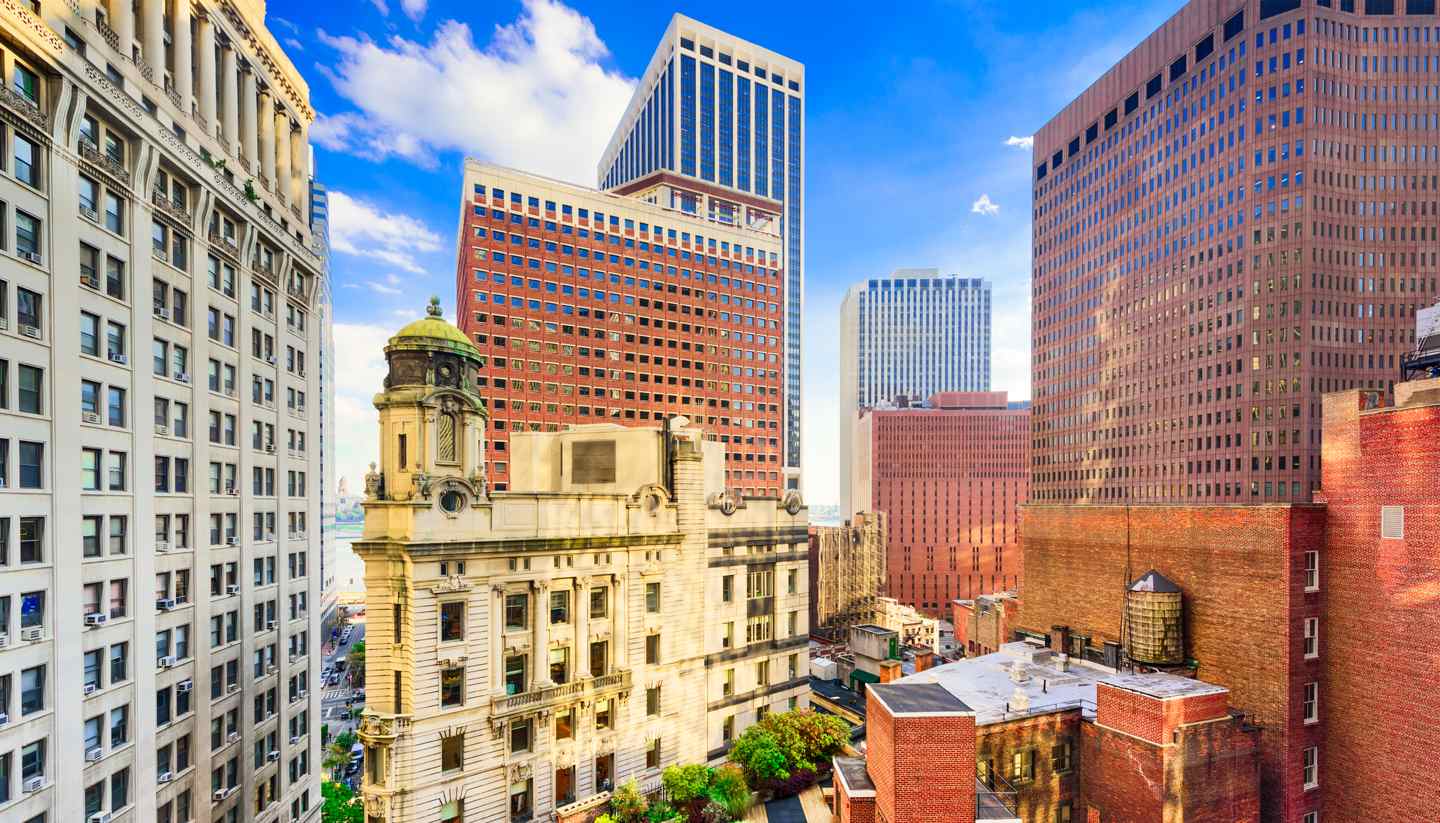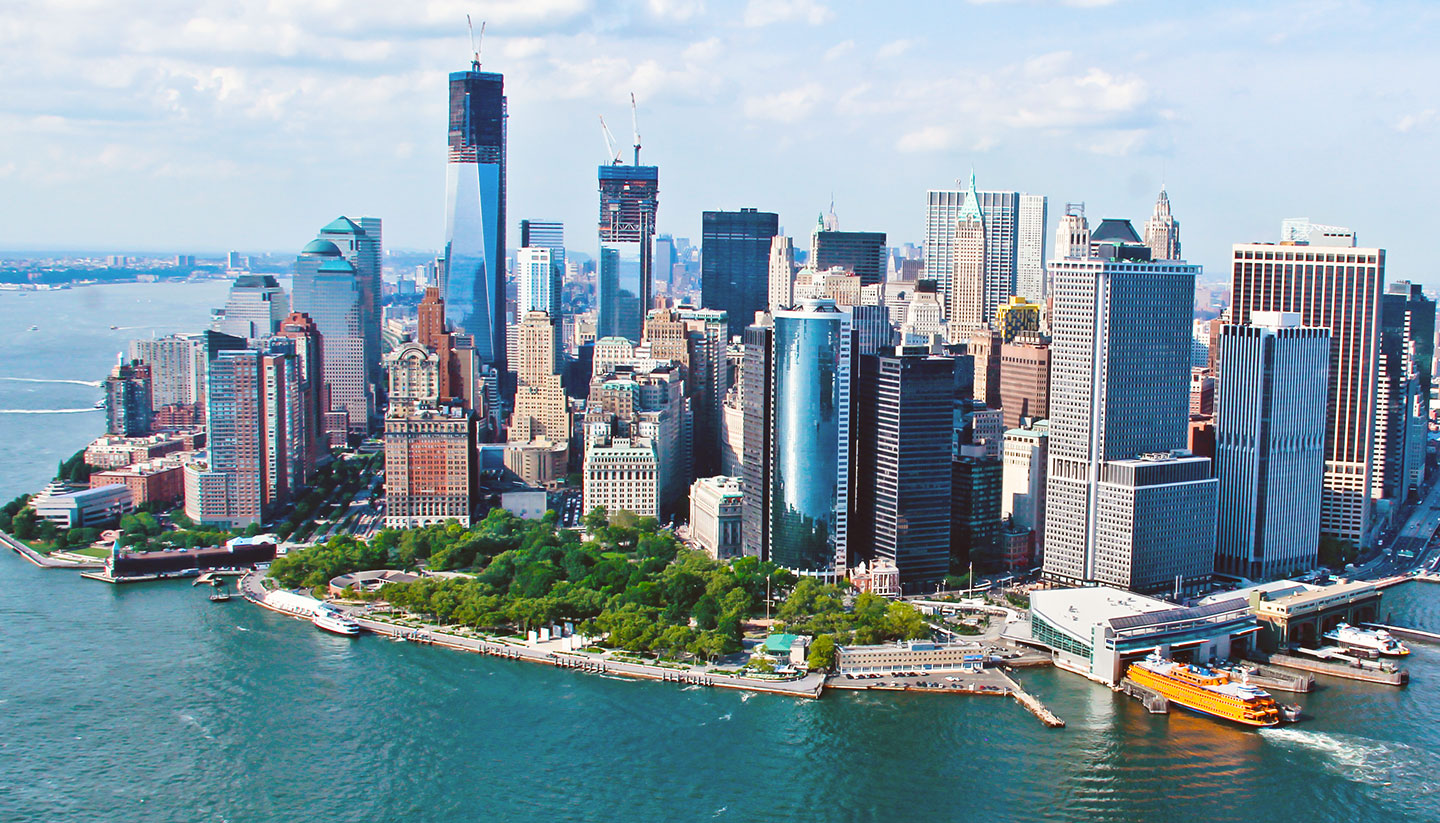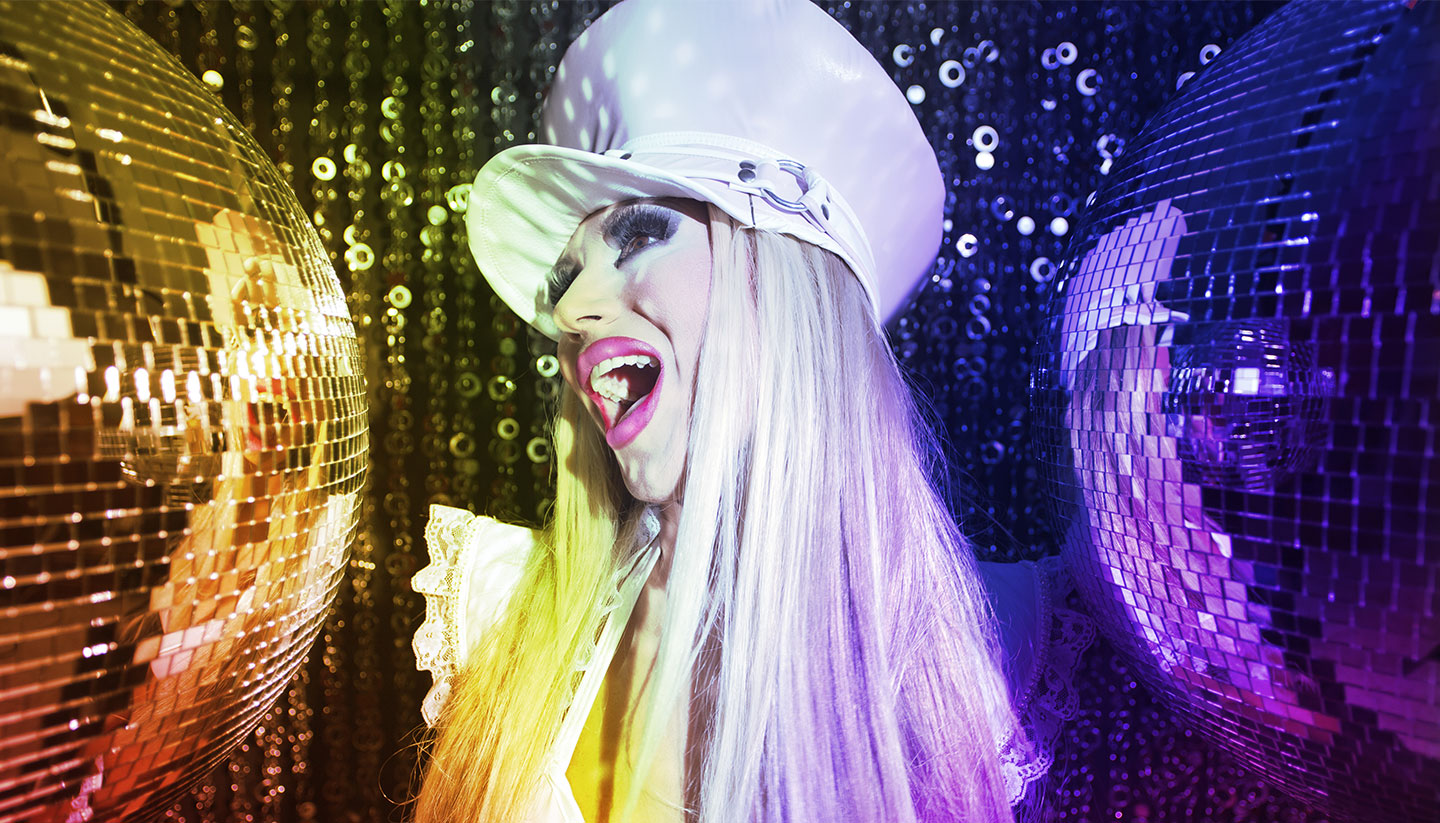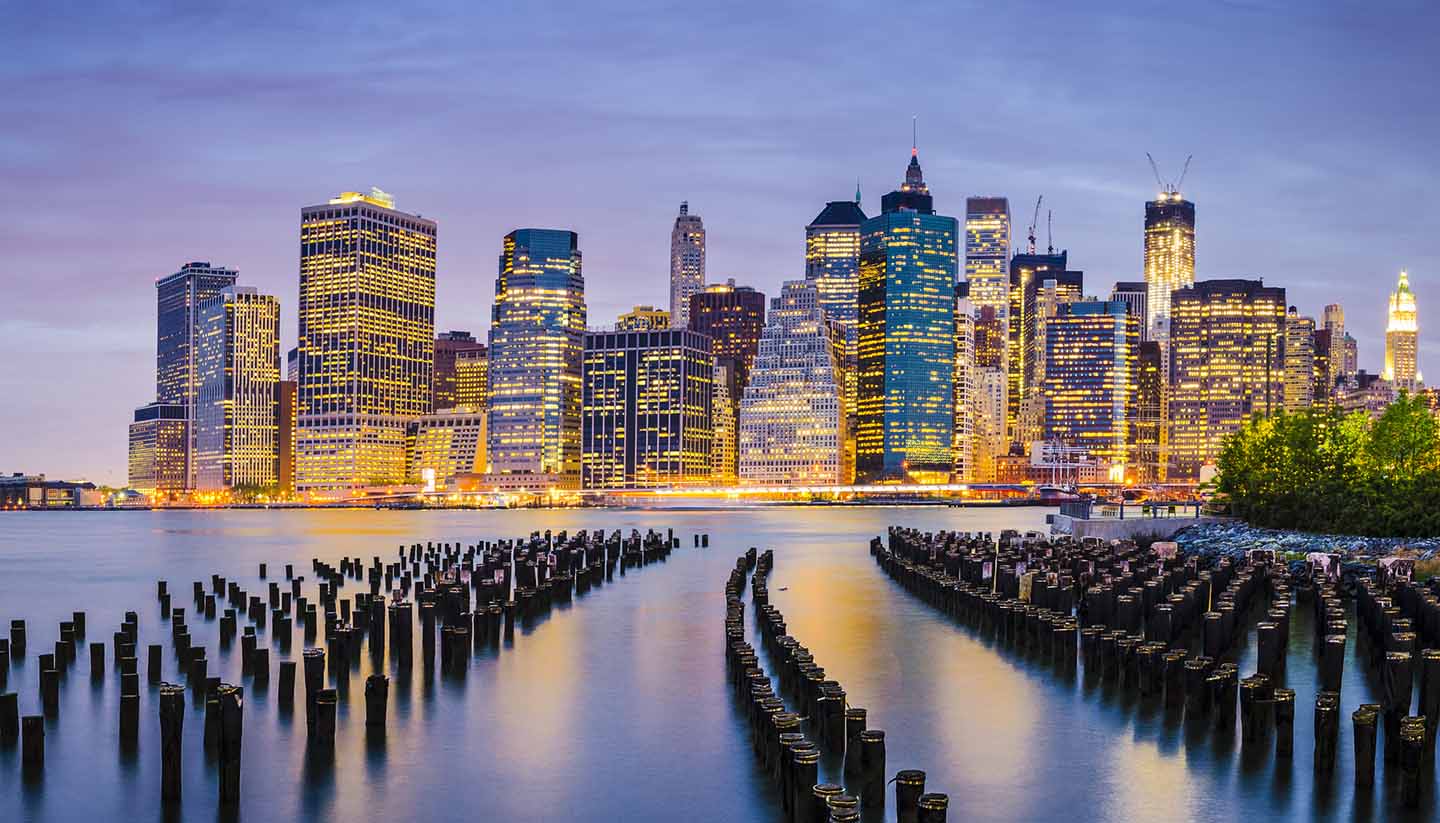New York City History
This area of North America was originally inhabited by the Lenape tribe of Native Americans, specifically the Unami.
Though European settlement began around 1609, modern New York City began with the formal creation of the five boroughs in 1898, and mass immigration followed in the early 20th century.
Each new community established roots in a different neighbourhood, giving the city areas like Chinatown, Little Italy and the Lower East Side - a stronghold of Jewish immigrants. African-Americans migrated from the south and helped fuel a cultural boom of art, music and literature in Harlem.
Despite the Great Depression of the 1930s, development continued, and skyscrapers began to shape the city’s aesthetic. Art deco buildings went up, as did as bridges and parkways, right through until WWII.
A post-war economic boom saw a real expansion of the residential boroughs, as Wall Street and the United Nations led the way in world economics and political affairs. Shipbuilding and fabric production declined but hotels, restaurants and bars opened up on an astonishing scale, transforming the city into a service economy.
New York in the 1960s shook with race riots, gang wars and activism on a proactive scale. Even through to the late 1970s, much of the city remained edgy.
As Wall Street took centre stage during the materialism of the 1980s, crime and unemployment stayed high, but as the 1990s approached, reform and social recovery were in the air. The dotcom market roared into life, fuelling a building boom across the city. Meanwhile, tough-talking Mayor Rudy Giuliani tackled crime, helping make New York, America's safest big city.
2001 was defined by the horrendous terrorist attacks on the World Trade Center, when 3,000 people died. The trauma eventually fortified the city, and New York set about rebuilding itself, both psychologically and physically.
The 2000s saw New York on the ascent. New projects reshaped the city, from waterfront parks on Manhattan's West Side and Brooklyn to new stadiums and ballparks (including new arenas for the NY Yankees, the Mets and the Brooklyn Nets).
Did you know?
• In 1789, New York City became the first capital city of the US.
• A B-25 Bomber crashed into the 79th floor of the Empire State Building in 1945, leaving a 20-foot hole in the side.
• In 1944, the lights in the crown of the Statue of Liberty flashed dot-dot-dot-dash which means ‘V, for Victory in Europe’ in Morse code.





